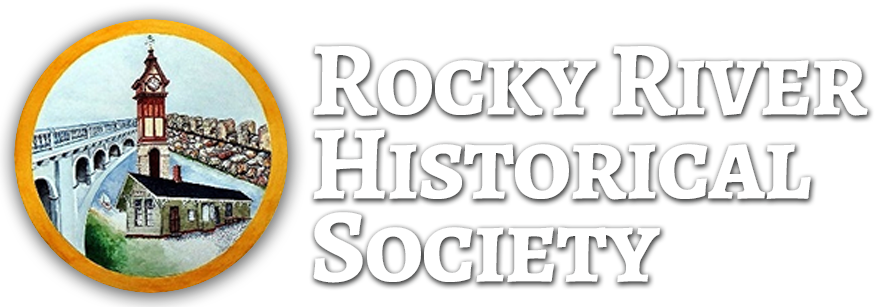Grand Army of the Republic Highway…U.S. Route 6
We might be feeling isolated due to the virus, but we are really connected to the whole rest of the country.
U.S. Route 6, also known as the Grand Army of the Republic Highway, runs through Rocky River as Lake Road. The Grand Army of the Republic was an organization of veterans of the Civil War. The organization ended when the last Civil War veteran died in 1956.
Heading east from Lake Road in Rocky River, U.S. 6 follows the Clifton Blvd. bridge over the Rocky River into Lakewood, where it is joined by U.S. 20. Continuing on, it passes Edgewater Park, crosses the Flats on the Detroit-Superior Bridge, winds around Public Square and follows Superior Avenue until it joins Euclid Avenue after East 131st Street. At Euclid Creek Reservation, it splits from U.S. 20 and follows Chardon Road through Chardon and across Ohio to Pymatuning Reservoir on the Ohio/Pennsylvania border.
Leaving Ohio, U.S. 6 zigzags through northern Pennsylvania, through the Allegheny National Forest, follows a scenic part of the Susquehanna River, and then through the Pennsylvania anthracite coal country until it crosses into New York at Port Jervis, on the Delaware River. Still going, it crosses the Hudson River north of New York City at Peekskill, New York, and then it’s on into Connecticut.
It enters Hartford, Connecticut, capital of Connecticut, and location of the Victorian Gothic Mark Twain House, built for him in 1874, with woodwork designed by Tiffany, and where he wrote his most famous books, including of the fictitious adventurers Tom Sawyer and Huckleberry Finn. Next comes the college town of Providence, Rhode Island, another state capital, founded by Roger Williams who fled the Massachusetts Bay Colony as he believed the right to worship should not be regulated by the state. Turning south, U.S. 6 goes through the old whaling port of New Bedford, Massachusetts, and on to Cape Cod. This main route across the Cape passes the dunes of Cape Cod National Seashore and ends its journey at the very tip: Provincetown.
Back in Rocky River, our adventure now takes us west, still along the lake, to Vermilion, Huron, and Sandusky, after which U.S. 6 leaves the lake, crosses Indiana, skirts the south side of Chicago through Joliet. In Illinois, it parallels I-80, sometimes joining it, and crosses the Mighty Mississippi River at the Quad Cities (Moline and Rock Island, Illinois; and Bettendorf and Davenport, Iowa.) Then, it’s on to Des Moines, named after the river which was originally called La Rivière des Moines (River of the Monks) by French voyageurs. It leaves Iowa at Council Bluffs, historically a site of Native American ceremonial pow wows, crosses the Missouri River into Omaha, Nebraska, and then comes another state capital, Lincoln. The capitol building is topped by a 19’ tall statue of “The Sower”, representing the importance of agriculture to Nebraska, on top of a 400’ tower that can be seen for 20 miles. Next comes Hastings, Nebraska. Kool-Aid was invented there in 1927.
Paralleling or joining I-76 in eastern Colorado, it’s on to Denver and another state capital. The 1908 neoclassic capitol building resembles the U.S. Capitol in Washington, D.C. Leaving Denver, U.S. 6 is the same as I-70 all the way to the Utah border, crossing the Continental Divide at Loveland Pass (elevation 11,990 feet) and continuing through the ski areas of the Rocky Mountains, including Vail, Colorado, named after Charles Vail, the highway engineer who routed U.S. 6 through that Eagle Valley area in 1940.
In Utah, it is the same as U.S. 50, travelling north of Arches National Park, and then it splits from U.S. 50, heading north and back south through Delta, Utah. Entering Nevada at Great Basin National Park, an area of ancient bristlecone pines, and dark skies, it’s on to Ely, Nevada, founded as a stagecoach station for the Pony Express, and then southerly to Tonopah before entering California and ending at the tourist town of Bishop, California, on the east side of the Sierras.
Written by Gay A. Christensen-Dean
